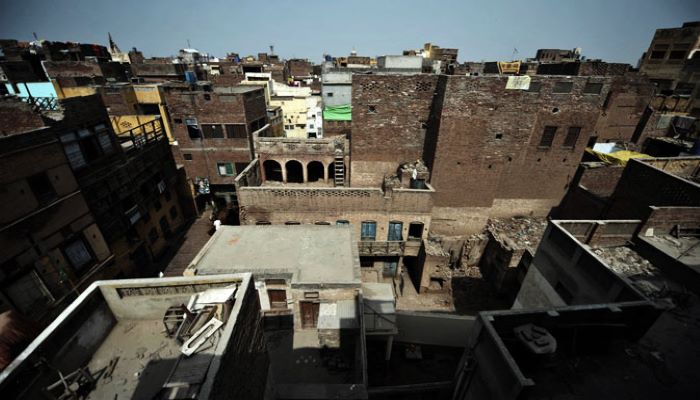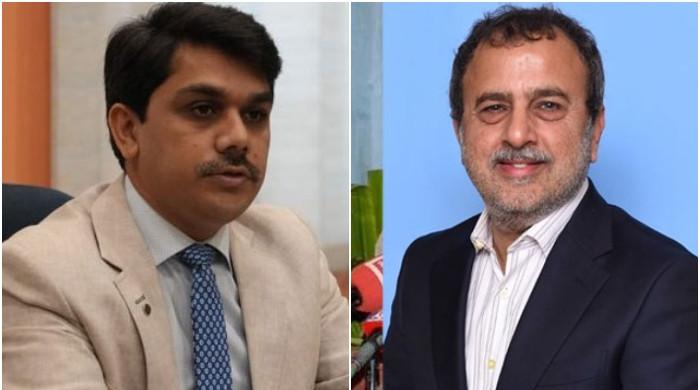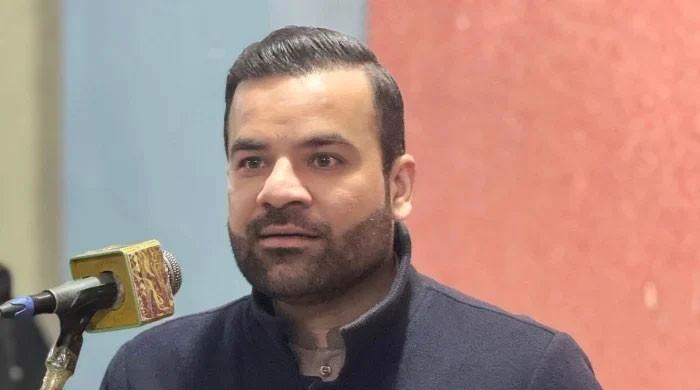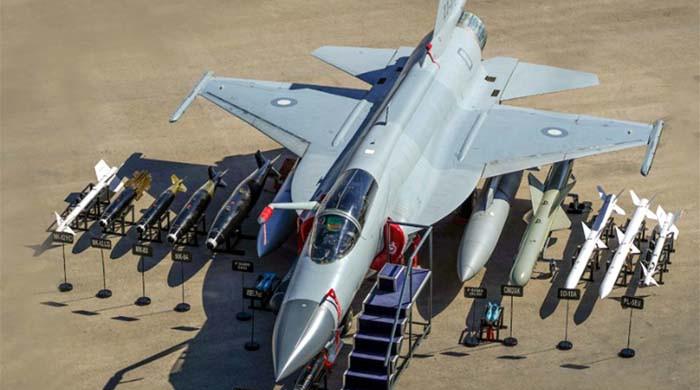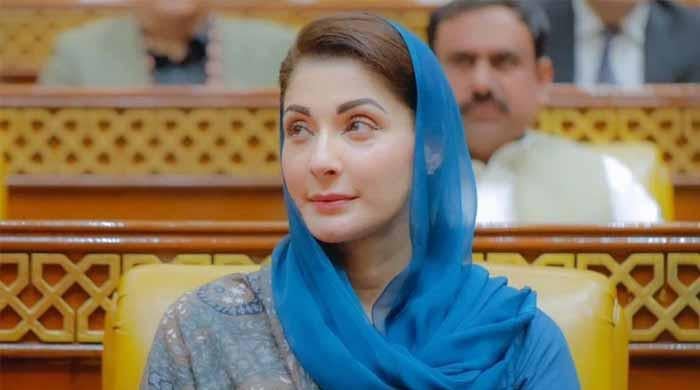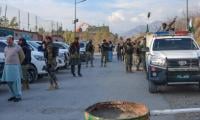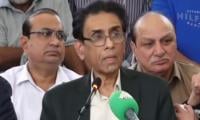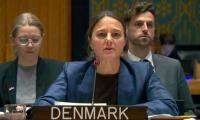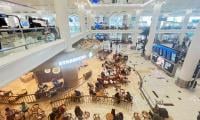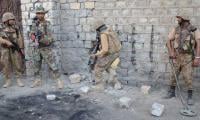The meritorious Multan
A journey into the 'City of Saints'
A people without the knowledge of their past history, origin and culture are like trees without roots
- Marcus Garvey
Located in southern Punjab, at the bank of Chenab River, Multan is also known as the City of Saints and is one of the oldest cities of the subcontinent.
This city, situated at the cusp of Balochistan, Sindh and Punjab, has a vivid and magnificent history weaved into the fabric of its rich cultural and architectural antiquity. Multan was earlier called Moltun named after an idol from the temple of sun god from pre-Islamic period.
Connecting the old trade route from the Subcontinent to Afghanistan and further to Europe via Central Asian region, Multan has not only enjoyed a pivotal location but also the leverage for its geography since ages. This city was besieged and conquered innumerable times by various invaders. From Alexander the great in 326 BC to Huan Tsang in 641 AD; from Arab invader Muhammad Bin Qasim in 712 AD to Mehmood Ghaznavi; from Chengaiz Khan and Mughal empires to the British rulers: all these invaders have left their footprints in this city, of both destructions and rehabilitation, over centuries.
In 1088 AD, a Sufi saint named Shah Yousuf Gardezi from Gardez (Afghanistan) migrated to Multan. He and his family worked to rebuild and restore the tarnished city from ashes which has transformed into a modern city that we see today. He dedicated his life to the city and its people and his mausoleum was later built in 1152 AD, which remains one of the oldest shrines in the city of saints. Among many great Islamic scholars and Sufis, Multan is the resting place of Hazrat Shah Bahuddin Zakariya RA, Hazrat Shah Rukn e Alam RA, Bibi Paak Daman RA, Hazrat Shah Shams Tabraiz Subzwari RA and many others who have contributed towards building this city with their profound wisdom, love and knowledge.
Every travel is a blessed adventure
- Unknown
Embarking on our recent journey, we decided to travel by road from Karachi to Multan. The distance of 884 kms normally takes up between 10 to 11 hours, but due to the recent catastrophic floods in Pakistan, the roads and highways leading to Sukkur-Multan Motorway (M5) were badly affected hence, after multiple rerouting through rural Sindh, it took us 14 hours to reach our destination: Multan.
Multan witnesses an arid climate due to which the city experiences extreme rising temperatures in summers and cold harsh winters. But being located on the fertile belt along river Chenab, Multan is the centre of finest agricultural produce including wheat, cotton, sugarcane, rice, sunflower, maize and fodder crops of export quality. Also known as the mango city, Multan is famous for its unmatched succulent and sweet mangoes especially Chaunsa and Anwerittol, which are also exported to the international markets for their exquisite taste and fruit quality. Other than mangoes, Multan also produces finest grapes, guavas, citrus, pomegranate and dates.
While visiting the shrines and mausoleums in Multan, you are transported back to ancient times which leaves you in awe of the grandeur and majestic architecture, especially the handcrafted encaustic tile work that reminds you of the artisans these buildings have witnessed over time. Their famous blue pottery is making a mark in global markets for its unique handmade designs and art work.
A place reflects the aura of its people and when interacting with the locals, one cannot miss acknowledging their hospitality, warmth and sweetness. “Saraiki” is the regional local language of Multan and Saraikis are known to be hardworking, hospitable and talented people. The local food from vendors is a must try when visiting Multan. The food is appetizing, rich and spicy: served with abundant toppings of love. While we took a break for a cold “lassi” (yogurt drink), the local vendor added extra butter topping to our drink. The drink was not only thirst quenching but also fulfilling enough to skip our lunch for the day. “Multani halwa” (sweat meat) is another specialty not to be missed. The desert is made from flour, ghee, sugar and lots of dry nuts. The traditional recipe is and is passed down from the forefathers to the current generation, which still maintains the quality that satisfies your taste buds.
Frolicking the local markets of Multan, one cannot miss a visit the famous and ancient “Hussain Agahi” bazaar. This market got its name from a famous saint Hazrat Syed Hussain Shah Bukhari RA who was more popularly known as Hussain Agahi (Agahi meaning awareness). This market sprawls over a huge area and is ideal for soaking one’s own self into the local Multani vibes. Hussain Agahi offers the best of local handicrafts including blue pottery, hand-made leather shoes & Khussas (embodied footwear), locally made clothes with Multani threadwork, oriental jewelry, spicy street food and something to tantalize your sweet tooth. The market is a shopper’s paradise and a hub for local entrepreneurs.
Multan is still an underdeveloped city which faces lack of basic infrastructure at some places. The roads are narrow for the growing city, the healthcare facilities are inadequate, its sewerage and transport systems need massive revamp; but still, the city continues to grow with resilience. Lately, many new and modern housing schemes have been inaugurated on the outskirts of Multan which are progressing and faring well but at the cost of disturbing the eco system of Multan’s marvelous agricultural land. Multan also has its own airport and universities which, till date, require huge government and private sector support to compete with the global standards. The city with such tremendous history and culture need preservation and major restoration by the government and concerned authorities for its uplift.
If we are to preserve culture, we must continue to create it
- Johan Huizinga
-
Security forces gun down 30 terrorists in multiple IBOs in KP: ISPR
-
MQM-P calls for new province in Sindh
-
US report validates Pakistan military edge over India: PM
-
Banned TTP poses serious threat to Pakistan security: UNSC panel
-
CM Afridi clarifies remarks on by-poll after ECP requests army deployment
-
Dubai sees 3.2m Pakistani passengers in 2025 as airport sets new milestone
-
Security forces kill 23 Indian proxy terrorists in KP's Kurram
-
Pakistan to construct island to boost oil exploration: report
